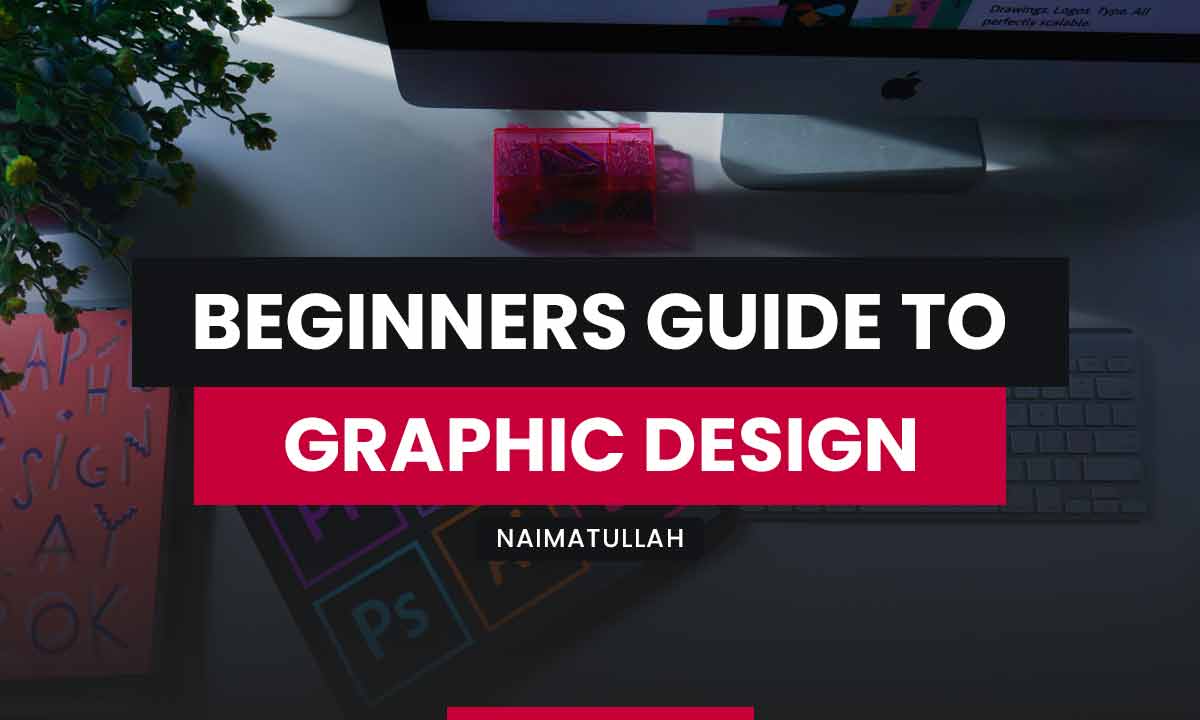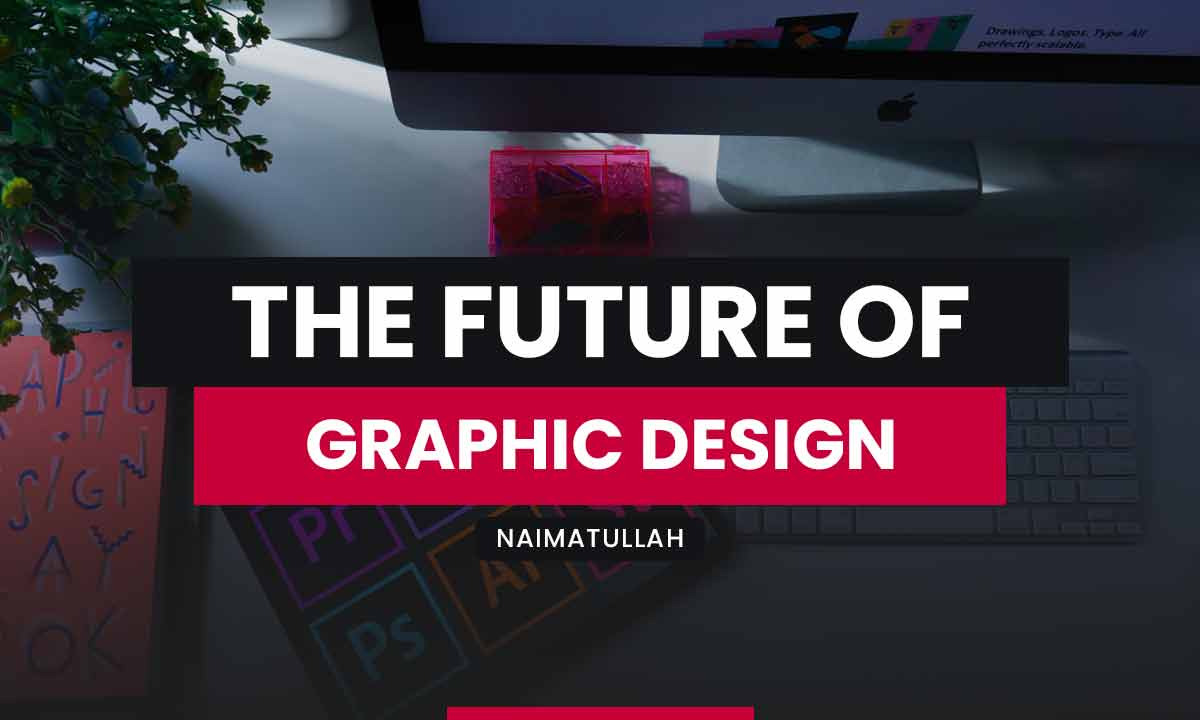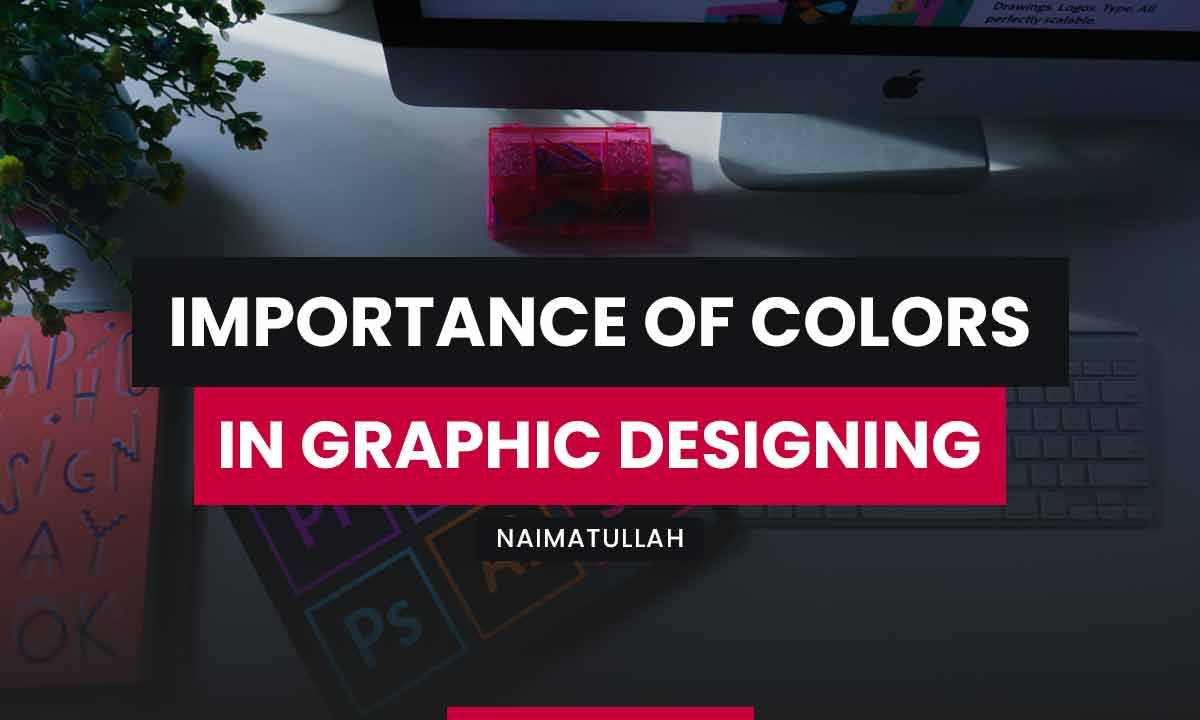SECTION 1: GRAPHIC DESIGN THEORY
In this section, we will delve deeper into the theory behind graphic design. Understanding the underlying principles of design is crucial for any designer, as it informs the decision-making process and allows designers to create effective and impactful designs.
1.1 Design Elements and Principles Design elements are the building blocks of graphic design. They include color, typography, texture, shape, form, and space. Design principles are the guidelines that designers use to arrange these elements in a visually pleasing and effective way. As mentioned earlier, the principles include balance, contrast, proximity, alignment, repetition, space, color, typography, proportion, unity, emphasis, white space, grids, texture, and mood.
1.2 Gestalt Theory Gestalt theory is a psychological theory that informs graphic design principles. The theory proposes that the human brain naturally seeks patterns and order in the world around us. In graphic design, Gestalt theory is used to create visual hierarchy and guide the viewer’s eye through the design. The principles of Gestalt theory include similarity, proximity, closure, continuity, and figure/ground.
1.3 Color Theory Color theory is the study of how colors interact with each other and how they can be used to communicate meaning and emotions. The three primary colors are red, blue, and yellow, and all other colors are created by mixing these colors in different combinations. Color can be used to create contrast, balance, and emphasis, and can also be used to evoke specific emotions. For example, warm colors like red and yellow are associated with energy and passion, while cool colors like blue and green are associated with calmness and tranquility.
1.4 Typography Typography refers to the use of text in graphic design. It includes the choice of font, size, spacing, and color. Typography can be used to create contrast, hierarchy, and emphasis. The choice of typography is important because it can affect the legibility and readability of the design. Serif fonts are more traditional and formal, while sans-serif fonts are more modern and informal.
SECTION 2: CONSIDERING A CAREER IN GRAPHIC DESIGN
In this section, we will explore what it means to be a graphic designer and what skills and qualities are required for success in this field.
2.1 What is Graphic Design? Graphic design is the process of creating visual content to communicate a message. This can include designing logos, websites, posters, brochures, packaging, and more. Graphic designers use a variety of tools, including software like Adobe Photoshop, Illustrator, and InDesign, to create their designs.
2.2 Skills and Qualities of a Graphic Designer Successful graphic designers have a combination of technical and artistic skills. They need to be proficient in design software and have a strong understanding of design principles. They also need to be creative and have a strong sense of visual aesthetics. Communication skills are also important, as designers need to be able to work with clients and understand their needs and preferences. Time management and organizational skills are also important, as designers often work on multiple projects at the same time and need to meet deadlines.
2.3 Education and Training While a formal education is not always required to become a graphic designer, many employers prefer to hire candidates with a degree in graphic design or a related field. A degree program can provide training in design principles, software, and technical skills. There are also many online courses and tutorials available for those who want to learn graphic design on their own.
SECTION 3: BECOMING A GRAPHIC DESIGNER
In this section, we will explore the steps required to become a graphic designer.
3.1 Building a Portfolio A portfolio is a collection of a designer’s work that showcases their skills and abilities. It is an essential tool for any graphic designer as it demonstrates their proficiency in design principles, software, and technical skills. A strong portfolio can make a significant difference in securing employment or landing freelance work.
To build a portfolio, a designer can start by creating their own personal projects or taking on projects for family and friends. They can also volunteer their services to local organizations or non-profits to gain experience and build their portfolio. It is important to include a variety of work that showcases different design skills and techniques, such as logo design, website design, print design, and branding.
3.2 Gaining Experience and Networking In addition to building a portfolio, gaining experience and networking are crucial steps to becoming a successful graphic designer. There are many ways to gain experience, such as internships, freelance work, and part-time jobs. These opportunities allow designers to work with clients and gain real-world experience in the industry.
Networking is also important for graphic designers. It involves building relationships with other professionals in the industry, attending events and conferences, and joining professional organizations. Networking can lead to job opportunities, collaborations, and valuable industry insights.
3.3 Staying Up to Date with Industry Trends and Software Graphic design is an ever-evolving field, and it is important for designers to stay up to date with industry trends and software. Designers should regularly attend workshops and training sessions to learn about new techniques and software updates. They should also stay current with design blogs and publications to stay informed about industry news and trends.
SECTION 4: GRAPHIC DESIGN AND BEYOND
In this section, we will explore the diverse career paths available to graphic designers and the potential for growth in the industry.
4.1 Diverse Career Paths in Graphic Design Graphic design offers a variety of career paths, including web design, branding, advertising, print design, and more. Some designers choose to specialize in a specific area, while others work in multiple areas. There are also opportunities to work in-house for companies, work for advertising agencies or design firms, or work as a freelance designer.
4.2 Potential for Growth in the Industry The demand for graphic designers continues to grow, as businesses and organizations increasingly rely on visual communication to promote their products and services. With advancements in technology and the internet, there are also more opportunities for designers to work remotely and connect with clients around the world. As a result, there is potential for growth and advancement in the industry.
Familiarize yourself with graphic design software
Familiarizing yourself with graphic design software is a crucial step in becoming a graphic designer. Here are some of the most commonly used software programs in the industry:
- Adobe Photoshop: Photoshop is a raster graphics editor that is used for editing and manipulating digital images. It is widely used in the industry for tasks such as image editing, color correction, and digital painting.
- Adobe Illustrator: Illustrator is a vector graphics editor that is used for creating vector graphics such as logos, illustrations, and typography. It is widely used in the industry for tasks such as logo design, icon design, and print design.
- Adobe InDesign: InDesign is a desktop publishing software that is used for creating print layouts such as brochures, magazines, and books. It is widely used in the industry for tasks such as page layout, typography, and creating print-ready files.
- Sketch: Sketch is a vector graphics editor that is used for creating user interfaces for websites and mobile apps. It is widely used in the industry for tasks such as UI design, prototyping, and creating design systems.
- Figma: Figma is a cloud-based design tool that is used for creating user interfaces for websites and mobile apps. It is widely used in the industry for tasks such as collaborative design, prototyping, and creating design systems.
- Canva: Canva is a graphic design tool that is used for creating designs for social media, marketing materials, and other digital content. It is widely used in the industry for tasks such as creating social media graphics, presentations, and marketing collateral.
By familiarizing yourself with these software programs, you will be able to create professional-quality designs and work more efficiently as a graphic designer. Additionally, there are many resources available online, such as tutorials and courses, that can help you learn how to use these tools effectively.
Fundamental principles of graphic design
Graphic design is a powerful communication tool that has the ability to convey a message, evoke emotions, and inspire action. However, creating effective graphic designs requires more than just artistic skills. It also involves an understanding of design principles that help to create visual hierarchy, balance, and harmony. In this beginner’s guide, we will explore the fundamental principles of graphic design that every designer should know.
- Balance: Balance is one of the most important principles of graphic design. It refers to the distribution of visual weight in a design. There are two types of balance: symmetrical and asymmetrical. Symmetrical balance is when elements are evenly distributed on either side of a central axis. Asymmetrical balance, on the other hand, involves uneven distribution of elements but still feels balanced.
- Contrast: Contrast refers to the difference between two elements in a design. It can be achieved through the use of color, size, shape, texture, and typography. Contrasting elements can help to create visual interest and draw attention to important elements.
- Proximity: Proximity refers to the distance between elements in a design. When elements are placed close together, they create a visual connection and become a cohesive group. Proximity can also be used to create visual hierarchy by grouping related elements together.
- Alignment: Alignment refers to the placement of elements in a design. When elements are aligned properly, they create a sense of order and harmony. Aligning elements can help to create a strong visual connection between them, and also helps to create a sense of visual hierarchy.
- Repetition: Repetition involves the repeated use of an element in a design. This can include repeating shapes, colors, textures, or typography. Repetition can create a sense of unity and help to reinforce the overall message of the design.
- Space: Space refers to the area around and between elements in a design. It can be used to create balance, contrast, and emphasis. Proper use of space can also help to create a sense of visual flow and guide the viewer’s eye through the design.
- Color: Color is a powerful tool in graphic design. It can evoke emotions, create contrast, and help to communicate a message. When choosing colors for a design, it’s important to consider the meaning and associations that are commonly associated with those colors.
- Typography: Typography refers to the use of text in a design. It includes the choice of font, size, spacing, and color. Typography can be used to create contrast, hierarchy, and emphasis. When choosing typography for a design, it’s important to consider legibility and readability.
- Proportion: Proportion refers to the relationship between the sizes of elements in a design. When elements are proportioned properly, they create a sense of harmony and balance. Proportion can be used to create emphasis or de-emphasis, depending on the intended message of the design.
- Unity: Unity refers to the overall sense of cohesion and harmony in a design. It is achieved through the use of the principles listed above and by ensuring that all elements in the design work together to communicate a consistent message. Unity is important because it helps to create a strong visual impact and ensures that the design is memorable.
- Emphasis: Emphasis refers to the use of visual elements to draw attention to a specific area of a design. This can be achieved through the use of color, size, contrast, or placement. Emphasis can help to guide the viewer’s eye through the design and ensure that the most important message is communicated effectively.
- White Space: White space, also known as negative space, is the area around and between elements in a design. It is an important design element because it can help to create balance, contrast, and emphasis. White space can also help to create a sense of visual flow and guide the viewer’s eye through the design.
- Grids: Grids are a tool used in graphic design to create a sense of structure and organization. A grid is a series of intersecting lines that help to create a framework for the design. Grids can be used to create a sense of balance and harmony, and also to guide the placement of elements in the design.
- Texture: Texture refers to the surface quality of a design element. It can be created through the use of patterns, images, or by manipulating the surface of a design element. Texture can help to create visual interest and add depth and dimension to a design.
- Mood: Mood refers to the emotional response that a design evokes in the viewer. It is created through the use of color, typography, imagery, and other design elements. Mood is an important consideration because it can help to create a memorable and impactful design.
Conclusion
these 15 principles of graphic design are the foundation for creating effective and impactful designs. By understanding and applying these principles, designers can create designs that effectively communicate a message, evoke emotions, and inspire action. While these principles may seem overwhelming at first, with practice and experimentation, designers can master them and create designs that are both visually stunning and effective.













